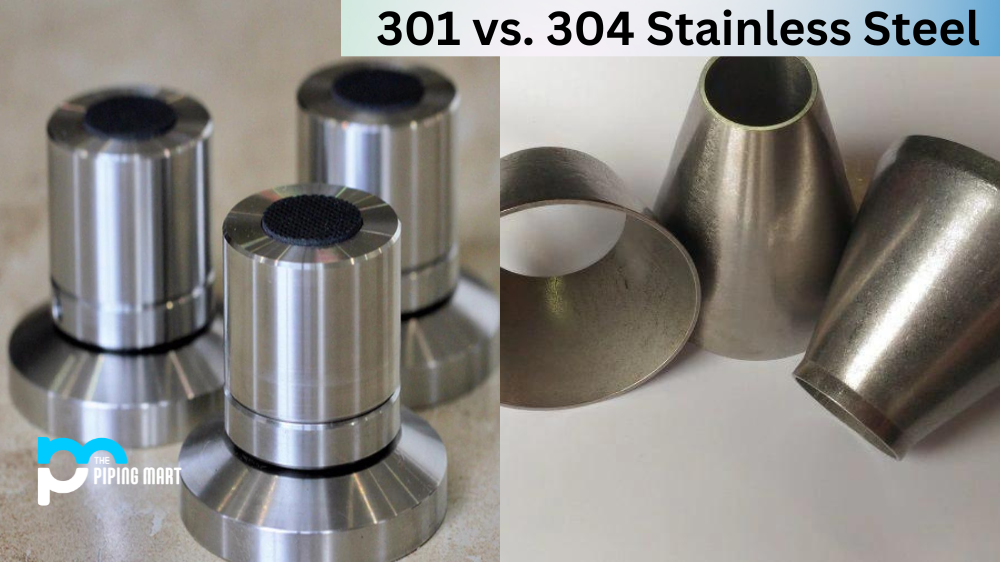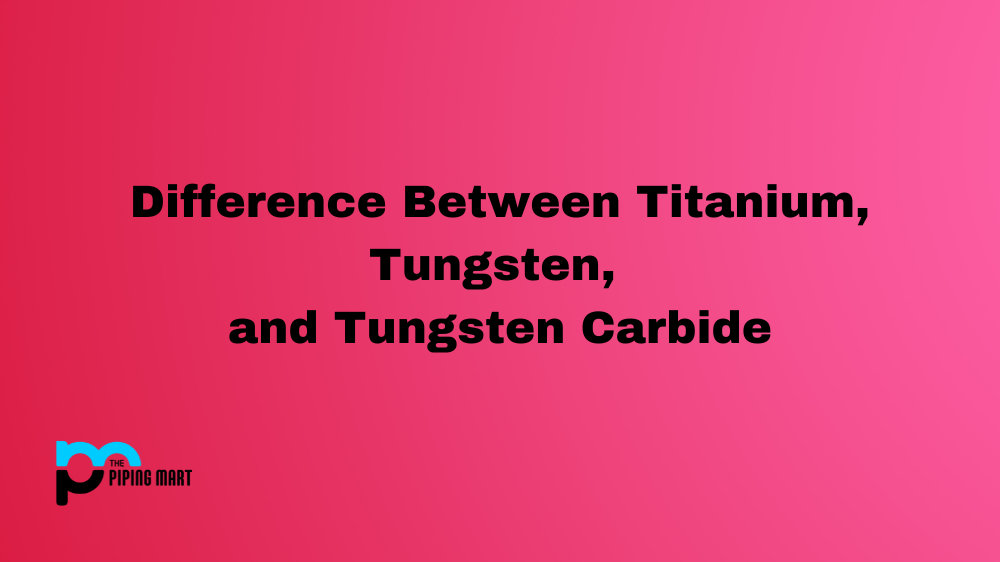When it comes to machining operations, high-speed steel (HSS) and tungsten steel both have their own unique advantages. While they are both incredibly strong materials, they have different properties that make them suitable for different applications. Before you decide which one is right for your project, you should familiarize yourself with these two types of steel.
High-Speed Steel
High-speed steel is an alloy of iron, carbon, chromium, molybdenum, and other metals. It has a high hardness and wears resistance at temperatures up to 600°C (1112°F). It is used for cutting tools because of its ability to retain its hardness at elevated temperatures caused by friction. In addition to its wear resistance, HSS also has good toughness and can be heat treated to a higher hardness than most other steels.
Tungsten Steel
Tungsten steel is an alloy made from tungsten carbide particles suspended in a matrix of cobalt or nickel. This makes it extremely hard and resistant to wear and tear. Additionally, tungsten steel is highly resistant to corrosion due to its low thermal conductivity. The downside of using this type of steel is that it is more expensive than HSS due to the cost of the components used in its production. However, this increased cost can be offset by the fact that tungsten steel lasts much longer than HSS in extreme conditions such as those found in machining operations.
Difference Between High-Speed Steel and Tungsten Steel
Composition
High-speed steel is an alloy of iron, carbon, and other elements such as chromium, molybdenum, and tungsten. Tungsten steel is an alloy of iron and tungsten.
Hardness
High-speed steel is harder than tungsten steel. This is because the tungsten carbides in high-speed steel are harder than the tungsten carbides in tungsten steel.
Strength
High-speed steel is stronger than tungsten steel. This is because the carbon in high-speed steel forms stronger bonds with the other elements in the alloy.
Wear Resistance
High-speed steel is more wear-resistant than tungsten steel. This is because the hard carbides in high-speed steel resist wearing better than the hard carbides in tungsten steel.
Corrosion Resistance
High-speed steel is more corrosion-resistant than tungsten steel. This is because the chromium in high-speed steel forms a protective oxide layer on the surface of the metal, which prevents corrosion.
Price
High-speed steel is more expensive than tungsten steel. This is because high-speed steel contains more expensive elements, such as chromium and molybdenum.
Conclusion:
Knowing the difference between high-speed steel and tungsten steel can help you decide on the right material for your project. If you are looking for a material that can withstand extreme conditions while still being relatively inexpensive, then high-speed steel might be the right choice for you. On the other hand, if you need something that will last even longer, then consider investing in tungsten steel – although keep in mind that it will come with a higher price tag! Ultimately, whichever type of metal you choose depends on your budget and what type of application you need it for.

Pipingmart is B2B portal specializes in industrial, metal and piping products. Also, share latest information and news related to products, materials and different types grades to help business dealing in this industry.




